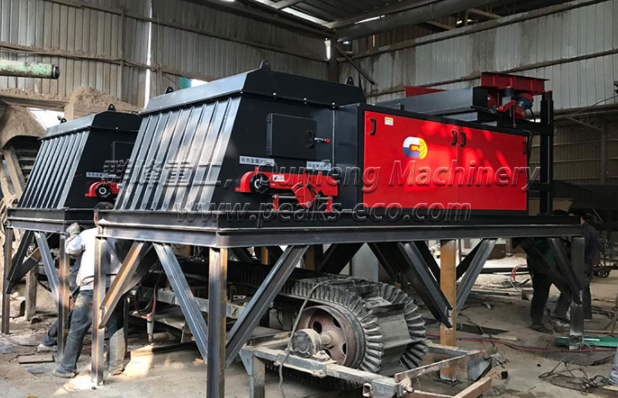Eddy currents are also known as “Foucault current” in English. These are electrical currents that, using an eddy current separator, form a variation over time, cutting even the smallest non-ferrous metals.

These are different electric currents that are created inside a so-called conductive mass. They can be created in two different ways: either through the displacement of the conductive mass inside a magnetic field. Either with the help of an external magnetic flux which induces a variation over time.
The result of these variations is the creation of vortices if the magnetic field is constant over time but spatially inhomogeneous and the conductive mass moves. The current name for the Eddy currents was chosen because the current Eddy lines are independent and look like vortices.
These vortices create a magnetic field, which can use high frequencies to move the current from the center of our conductor. If you add an electrical resistance, it becomes hot because of this effect.
To form an eddy separator, you need a chain conveyor system and a magnetic rotor that is attached to the end of the conveyor belt and operates at high speed. In this way, an induction field can be created, which in turn produces a rapidly changing magnetic field. All electrically conductive particles, which are guided on this conveyor belt system, are briefly magnetized by the magnetic field and, therefore, are "cut" and sorted automatically. Non-ferrous metals, such as aluminum, brass, or copper, can be separated from the rest. In general, materials with a lower density and good electrical conductivity can be cut better with stray currents.
An eddy current separator’s design is based around a magnetic rotor that has alternating magnetic poles (north/south) which are continuously rotating within a non-metallic shell that is also rotating but at a slower pace. A urethane feed belt rotates at the same speed as the non-metallic outer shell, and this feed belt conveys material into the higher rotating speed magnetic field that the rotor generates. Here, non-ferrous metals become induced by magnetically-driven eddy currents. In the non-ferrous metal particle, the eddy currents generate an electric current. Then, the non-ferrous metal particle will produce its own magnetic field. This new magnetic field will then react with the rotor’s magnetic field, creating a repulsive effect that causes the conductive non-ferrous metal to be repelled and, therefore, separated from the original product stream.
We are an Eddy Current Separator supplier, please contact us if you need them.